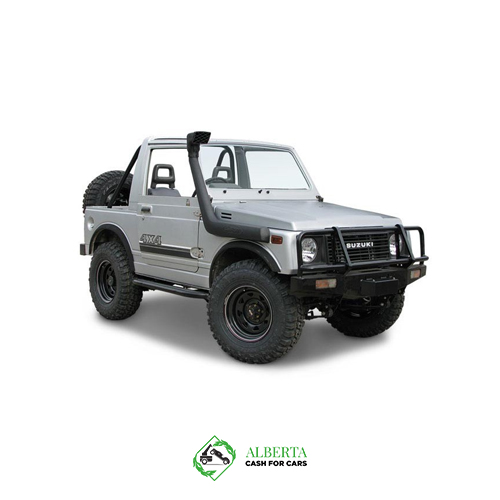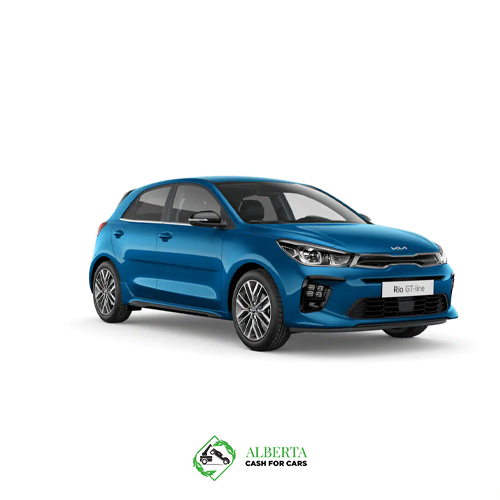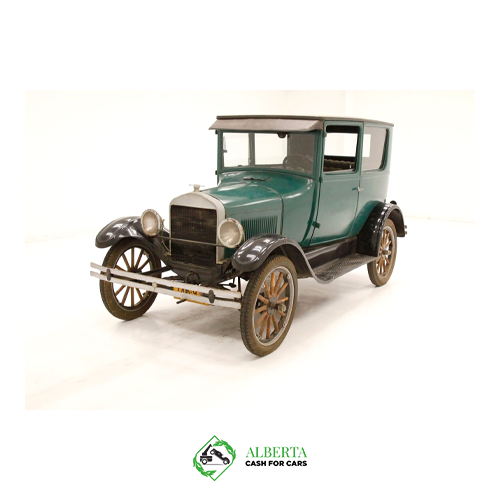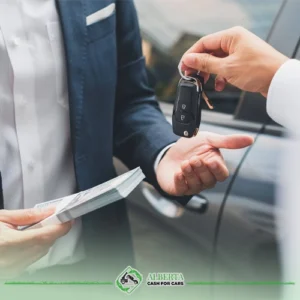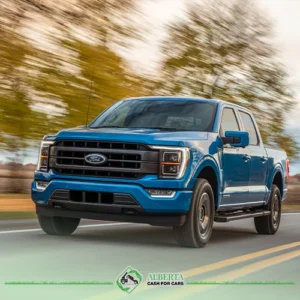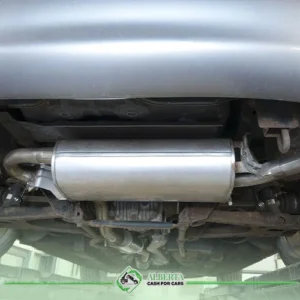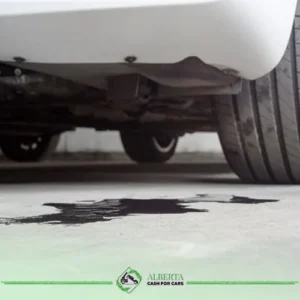Choosing a car with an established safety record is crucial for driving safety. Some car types have become infamous for their inherent risks, despite the fact that improvements in automotive technology have substantially enhanced safety features. In this post, we’ll examine the Most Dangerous Cars. concentrating on the following models in particular and identifying the sources of worry related to each one. You may make wise choices and put safety first when buying a car if you are aware of these hazards.
Read more: Things to do before selling your car | 5 steps
The most dangerous cars:
Ford Pinto
The Ford Pinto, manufactured between 1971 and 1980, gained notoriety for its safety issues and was listed among the most dangerous cars. One of the significant concerns with the Pinto was its vulnerability to fuel tank ruptures in rear-end collisions. The design flaw in the fuel system, which placed the gas tank too close to the rear bumper, led to an increased risk of fires and explosions, resulting in severe injuries and fatalities.
Suzuki Samurai
The Suzuki Samurai, a compact SUV produced in the 1980s and 1990s, faced safety concerns related to its stability and rollover risks. The Samurai had a high center of gravity and narrow track width, making it more prone to rollover accidents, especially during sudden maneuvers or sharp turns. The inadequate stability control systems and narrow design contributed to the instability and increased the risk of rollovers.
Toyota Yaris
The Toyota Yaris, a popular subcompact car, has faced safety concerns in certain model years. One of the notable issues with the Yaris was the inadequate structural integrity, particularly in side-impact collisions. The lack of reinforcements in the vehicle’s body structure increased the risk of injuries to occupants. The weak structural components were unable to effectively absorb and distribute the impact forces, putting the occupants at greater risk of harm.
Audi 5000
The Audi 5000, produced in the 1980s, was associated with unintended acceleration incidents. Some drivers reported that the vehicle would suddenly surge forward, even when the brakes were applied. The root cause of this safety concern was later found to be driver error, as drivers inadvertently pressed the accelerator instead of the brake pedal due to the pedal design and placement. However, the initial reports and media coverage created a perception of a widespread issue with unintended acceleration in Audi 5000 models.
Ford Bronco II
The Ford Bronco II, an SUV produced in the 1980s, had safety concerns related to its high rollover rate. The vehicle had a narrow track width, high center of gravity, and relatively short wheelbase, making it susceptible to rollover accidents, particularly during sharp turns or abrupt maneuvers. The design characteristics and suspension system of the Bronco II contributed to its instability and increased the risk of rollovers.
Kia Rio
The Kia Rio, a compact car, was one of the most dangerous cars with its crashworthiness and structural integrity. Certain model years exhibited weaknesses in protecting occupants during frontal and side-impact collisions. The lack of adequate safety features and structural reinforcements, such as advanced airbag systems and strengthened body frames, raised concerns about passenger safety.
Chevrolet Silverado
The Chevrolet Silverado, a popular full-size pickup truck, faced safety concerns related to its braking system. Some models exhibited issues such as brake failures, reduced braking performance, or delayed response times. The causes of these safety concerns could range from design flaws, manufacturing defects, or inadequate maintenance. The compromised braking system compromised the overall safety of the vehicle, particularly in situations that required sudden stops or emergency maneuvers.
Chevrolet Cobalt
The Chevrolet Cobalt, produced between 2004 and 2010, gained notoriety for its faulty ignition switch. The defective switch could inadvertently move from the “run” position to the “off” or “accessory” position while the vehicle was in motion. This defect resulted in the loss of power steering, power brakes, and the deployment of airbags, posing significant risks to driver and passenger safety. The cause of the faulty ignition switch was attributed to design and manufacturing issues.
Toyota Camry
The Toyota Camry, a popular midsize sedan, had safety issues related to unintended acceleration incidents. In some cases, drivers reported sudden and unintended acceleration, where the vehicle would accelerate without input from the driver. The root cause of these incidents was later determined to be a combination of driver error, pedal misapplication, and issues with the floor mat design, which caused it to be included in the list of the most dangerous cars. However, the initial reports and media coverage created a perception of a widespread issue with unintended acceleration in certain Camry models.
Hyundai Accent
The Hyundai Accent, a subcompact car, had safety concerns associated with its crashworthiness and structural integrity. Some model years exhibited weaknesses in protecting occupants during frontal and side-impact collisions. The lack of adequate safety features and structural reinforcements, such as reinforced side-impact beams and advanced safety systems, raised concerns about passenger safety.
Geely CK
Many imported cars, including brands from Japan, Germany and Sweden, find their way to North America. However, Pinnacle cars weren’t exactly common at trade shows until the Geely CK made history in 2006 when it was shown to members of the press. This car has been criticized many times for having an extremely poor frame design. According to reports, the body of the Geely CK was so bad that it collapsed under extreme stress, and the model was eventually discontinued by 2016. Its successor, Gleagle CK, is sold in China.
Hyundai Pony
The next car in most dangerous cars ever made list that we have collected for you is a car that has been the subject of industry jokes several times due to its weak structure and has had a long life. The Hyundai Pony was Hyundai’s first attempt to develop a car for the import market, and this was done at an incredibly affordable price. Unfortunately, most of the Hyundai Ponies on the road were basically cheap rusty scraps that could not handle the road conditions. The Hyundai Pony also had suspension and rear differential problems that made driving in heavy snow or heavy rain very dangerous.
Pontiac Fiero
Pontiac’s motto is “We make the excitement”, but in the case of the Pontiac Fiero, a better slogan might be: “We make the trouble”. The reason for this is that these popular cars were known for malfunctioning connecting rods, exploding or catching fire. These rods caused many injuries in cars that were dangerously low on oil or were driven extremely carelessly. Despite this, the Pontiac Fiero still has many fans in the used market, many of whom cite the car’s performance and sporty looks as a reason to defy death on a daily basis.
Chevrolet Corvair
The Chevrolet Corvair became infamous for its inclusion in Ralph Nader’s book, which accused most major automakers of choosing performance over safety. The book noted that the rear-mounted engine would cause handling problems for owners who enjoy driving as fast as possible. This was true, but it wasn’t just the Corvair’s design that caused rollovers, as most other sport utility vehicles could do passengers no favors in the event of a rollover, while the aforementioned engine was prone to overheating and seizing.
Ford Model T
Older cars are likely to have more problems. This is true when it comes to the Ford Model T, and it all boils down to a boneheaded design flaw. The gas tank of this car, which is called Tin Lizzie, was located under the seat and turned it into a bomb in the car. Worse than that, the style of the grille of this car model was very sharp and would put the driver in a bad situation in case of an explosive accident.
Conclusion for the most dangerous cars
These car models have gained notoriety for their safety concerns, ranging from fuel tank ruptures and rollover risks to unintended acceleration and structural weaknesses. It is crucial for manufacturers to address these issues promptly and for consumers to stay informed about safety recalls and prioritize safety when purchasing a car. The mentioned car models had some serious internal problems that have contributed to their reputation as some of the most dangerous cars. As consumers, it is vital to stay informed about safety recalls and conduct thorough research when purchasing a car. Considering the safety ratings, features, and historical safety records of different models can help us make informed decisions and prioritize the safety of ourselves and our loved ones.


